Content marketing is tough to get right, but once you do, the results can be incredible – especially for ecommerce brands.
More traffic from Google? Check.
More leads? Check.
More trust built with prospects? Double-check.
Unfortunately, it’s not as simple as blogging randomly about topics you pull out of a hat.
With a strategy in place including research on who you’re targeting, what keywords to use, which topics to cover, and how often/where to post content, you’ll differentiate yourself from the run-of-the-mill brands posting forgettable blogs no one cares about.
(Spoiler: Most of the brands posting content on the internet fall into this camp, as 90.63% of all web pages get no traffic from Google, according to one Ahrefs study.)
Instead, your web presence will be memorable, and more importantly, needed in your space.
To inspire you about exactly what great ecommerce content marketing looks like, let’s explore nine examples from a wide array of industries.
1. Studio McGee
Looking for an ecommerce content marketing example that manages to combine product links with written content in a non-salesy, totally helpful way?
Look to Studio McGee, an interior design brand that also sells its own line of home goods.
 Screenshot from Studio Mcgee, January 2022
Screenshot from Studio Mcgee, January 2022On their blog, they focus on helping you create beautiful rooms in your own home, with inspiration from their designs and products.
 Screenshot from Studio Mcgee, January 2022
Screenshot from Studio Mcgee, January 2022It’s a tough balancing act, but Studio McGee manages it with aplomb.
The product links don’t scream at you, they gently nudge – and the beautiful product photography certainly doesn’t hurt.
2. BarkBox
Every pup’s favorite subscription box brand also has a great content marketing strategy.
Check out their content hub, Bark Post, for news on fresh and trending products, upcoming boxes, and keyword-focused, fun blogs that bring dog lovers straight to their virtual doorstep.
 Screenshot from BarkBox, January 2022
Screenshot from BarkBox, January 20223. Lush
Lush, a cruelty-free, vegan beauty brand, is a great example of a retailer doing ecommerce content marketing right in various formats.
In particular, their video channel is full of targeted, engaging content, from whimsical animated shorts to “how it’s made” videos on their most popular products.
With millions of views on most of them, Lush obviously has their video strategy nailed.
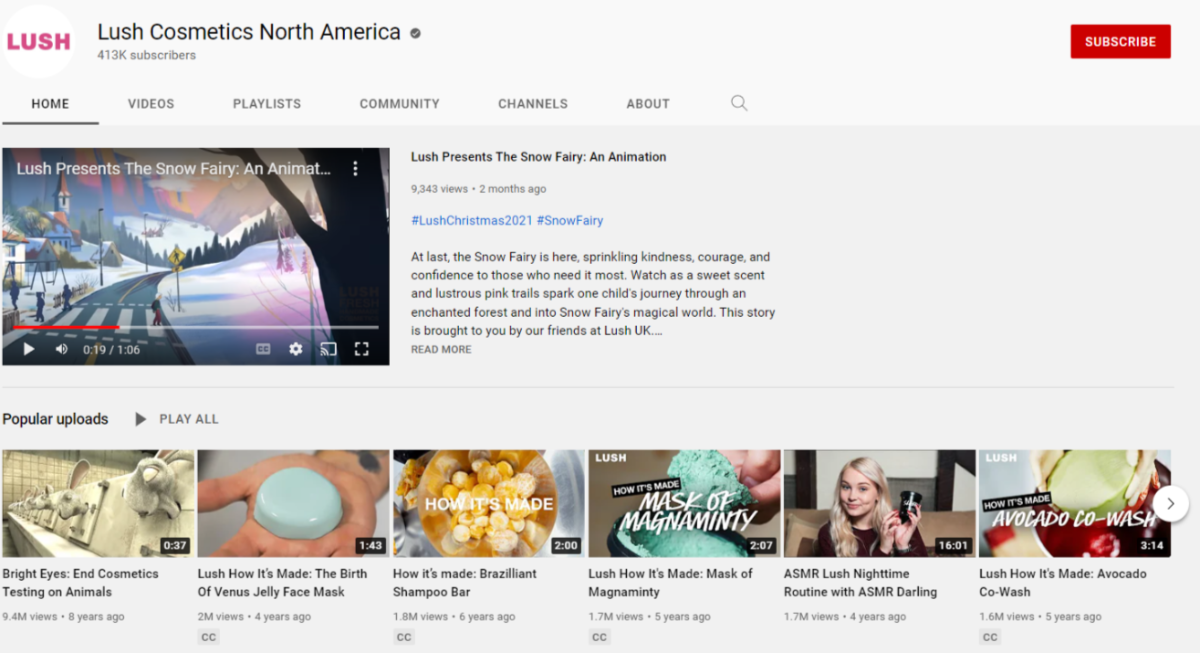 Lush Cosmetics North America YouTube channel, January 2022
Lush Cosmetics North America YouTube channel, January 20224. Almanac
Are you familiar with the annual magazine, The Old Farmer’s Almanac?
It’s the longest-running publication in North America, starting from the original version that circulated in 1792.
Today’s publishers also sell cookbooks, calendars, gardening guides, and more.
 Screenshot from Almanac, January 2022
Screenshot from Almanac, January 2022Well, this practical staple also has an online presence, Almanac.com, complete with a full roster of content on gardening, weather, food, astronomy, and the yearly calendar.
In particular, their Growing Guides are impressive and exhaustive, giving you all the info you need on growing just about anything under the sun.
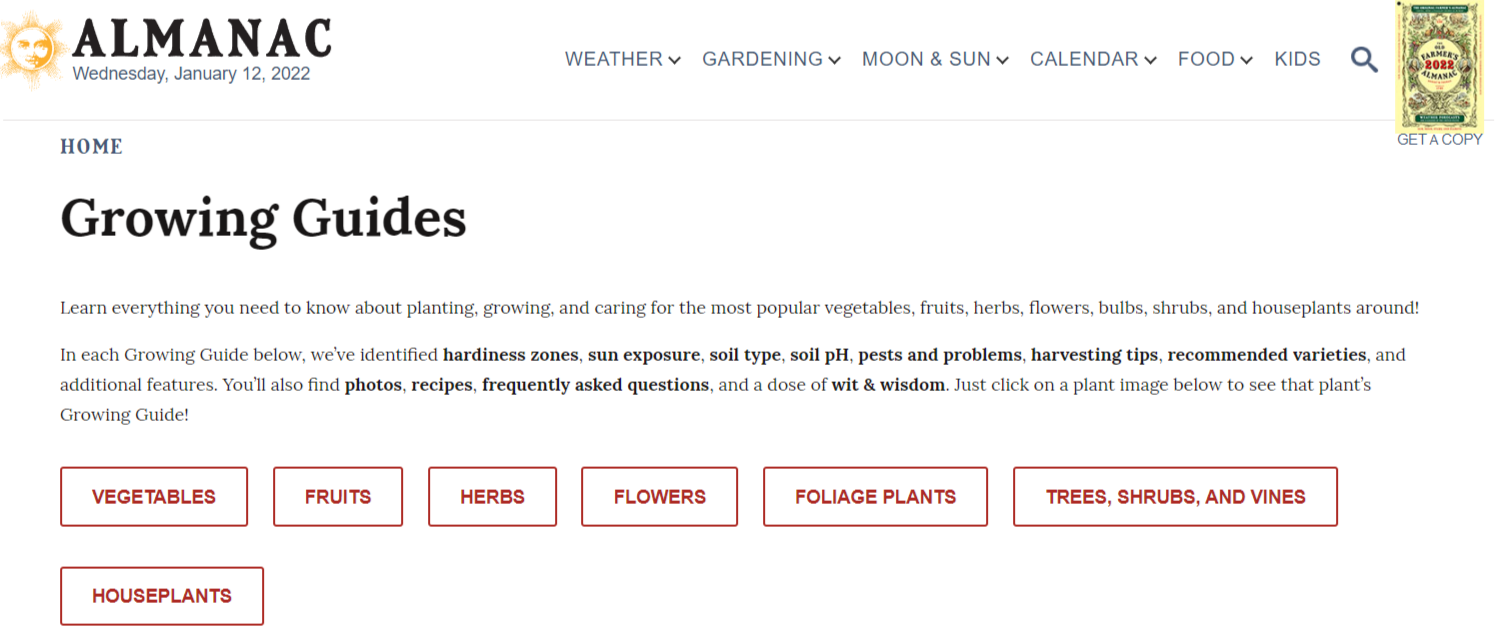 Screenshot from Almanac, January 2022
Screenshot from Almanac, January 2022The content here offers a doorway to their extensive library of books and guides for purchase.
5. Patagonia
For ecommerce content marketing that’s more story-focused, look no further than Patagonia, a retailer specializing in all things outdoors.
 Screenshot from Patagonia, January 2022
Screenshot from Patagonia, January 2022On their blog, you might expect to find articles about how to gear up and get into nature and outdoor sports, but instead, you’ll find thoughtful pieces on conservation, nature, and the culture surrounding outdoor adventuring.
 Screenshot from Patagonia, January 2022
Screenshot from Patagonia, January 2022Patagonia knows its earth-conscious, nature-loving audience well, and its content reflects that.
6. Artifact Uprising
The folks at Artifact Uprising are print design and photography experts selling photo books and other printable, commemorative gifts, and their content marketing reflects that expertise perfectly.
 Screenshot from Artifact Uprising, January 2022
Screenshot from Artifact Uprising, January 2022Their content taps into the art of creatively capturing memories, which fits their audience to a T.
7. Grammarly
If you write at all within your work or school life, you may rely on the Grammarly app to help your text stay clean and clear of errors.
You can also count on the Grammarly blog for comprehensive writing advice, how-to’s, and grammar tips.
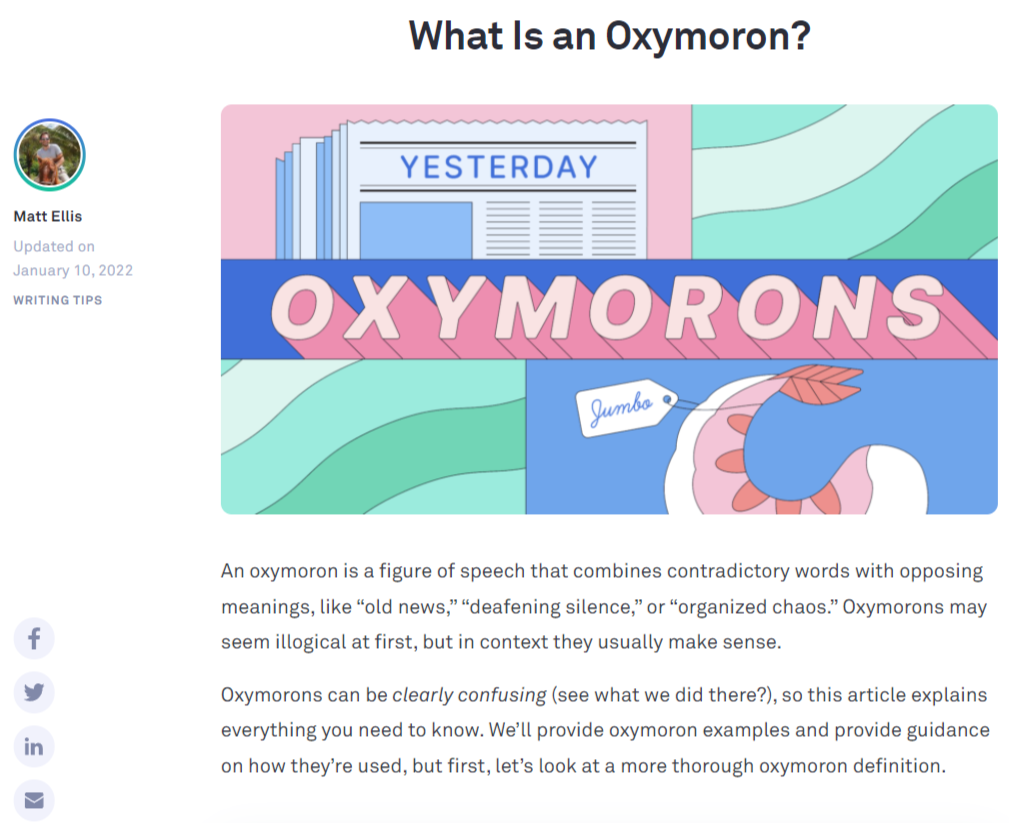 Screenshot from Grammarly, January 2022
Screenshot from Grammarly, January 2022Just like its writing tool, Grammarly’s content is all about helping you write your best.
In many cases, it’s also keyword-focused to bring in those people searching Google for writing answers.
8. Book Of The Month
Book of the Month is a book subscription service that features five curated new reads for users to choose from each month.
Their content marketing is, of course, centered on reading and choosing just the right book.
For example, check out this custom flowchart that helps you pick out your next read based on various either/or scenarios, and lead you to their monthly selections:
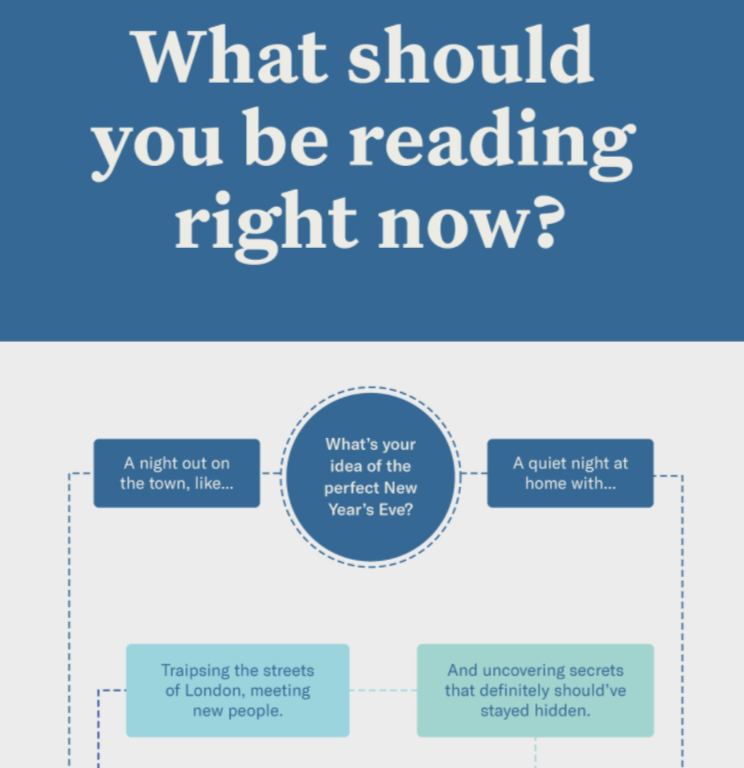 Screenshot from Book of the Month, January 2022
Screenshot from Book of the Month, January 20229. Food52
A hub for food, recipes, home, the kitchen, and eating, Food52 also sells home goods, kitchen supplies, furniture, pantry staples, and anything else you might need for your next dinner party or weeknight cooking shenanigans.
The Food52 section focuses on food (duh), and topics are as broad as that word entails.
The content runs the gamut from complete guides on cooking with certain spices to news about the latest products to hit Trader Joe’s.
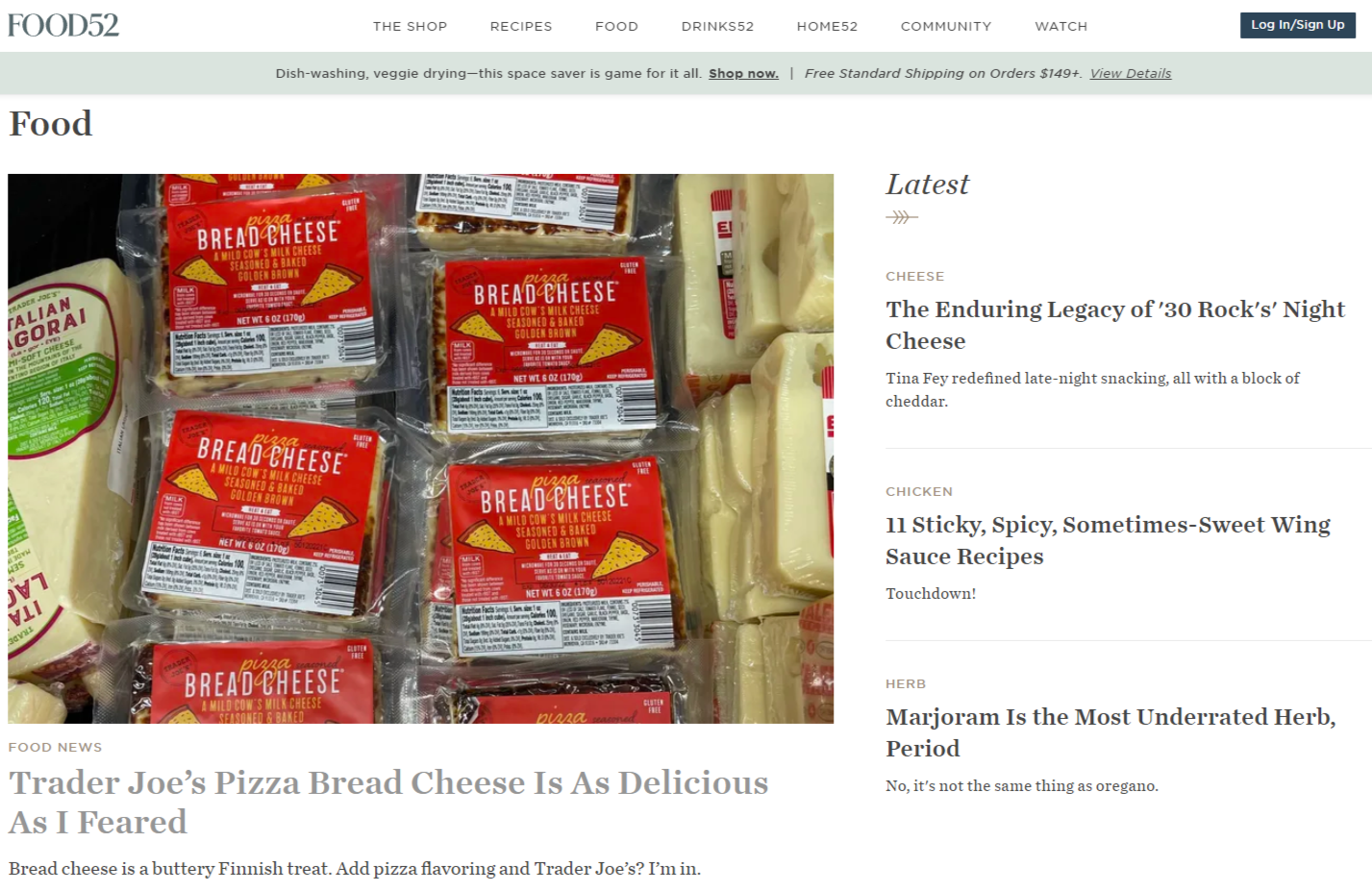 Screenshot from Food52, January 2022
Screenshot from Food52, January 2022The site is sprawling, but the content is great no matter where you turn.
Cracking The Code In Ecommerce Content Marketing
What do all of these examples show us?
Ecommerce content marketing needs just a few elements to work:
- Great writing that’s engaging and interesting to read (or listen to).
- Deep knowledge of your audience and what they need/want from your content.
- Clear, focused topics.
- Smart use of SEO to bring in those prospects who have yet to hear of your brand.
- Strategic (and usually subtle) tie-ins to products, if relevant.
- Strong CTAs to encourage your audience to act on trust built as they consumed your content.
And, finally, all of these things should be spelled out in clear terms within a brand content marketing strategy.
It’s the overall map to getting results from content, and should never be underestimated or ignored.
Now, the question is, are you going to invest in strategic content marketing for your ecommerce brand?
More resources:
Featured image: Golubovy/Shutterstock
